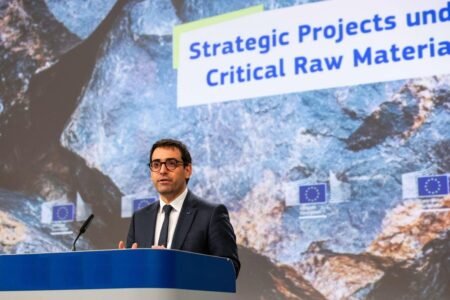(ISPRA) – Scientists at the EC’s Joint European Research Centre have designed new control material that laboratories can use to check the correct functioning of their coronavirus tests and to avoid false negatives.
“The new control material has the potential to improve the EU’s capacity to respond to the virus outbreak and avoid valuable resources being wasted by inefficient tests,” said the EU’s Research Commissioner Mariya Gabriel.”
Health Commissioner Stella Kyriakides added: “Quick and reliable laboratory testing is fundamental to our strategy against coronavirus. The work of EU scientists to develop test control material will enable the verification of up to 60 million laboratory tests throughout the EU. This is a major achievement by our researchers, which will be crucial for our exit strategy when the time comes to start lifting social distancing measures.”
A recent EU survey identified the lack of positive control materials as one of the top three challenges faced by laboratories for the reliable implementation of coronavirus tests.
A positive control material guarantees that laboratory tests are working correctly. It helps to avoid that a test could give a negative result if the person is positive. The JRC-designed control material is a synthetic, non-infectious part of the virus.
Today, 3,000 samples of the control material are ready to be dispatched to testing laboratories across the EU. The samples are highly concentrated and only a very small quantity of the material is required to check one test.
This means that one sample tube is enough for one laboratory to check up to 20,000 tests. Thus the 3,000 samples that are now ready make it possible to check up to 60 million tests throughout the EU.
Further information and guidelines for orders are available here.






